Turfgrass Care
Sodding your lawn requires more than just laying turf squares. Proper care and maintenance are critical to the health and durability of your lawn or turf. Below are specific guides for each type of sod that Palmer’s Turf Farm carries. Follow these care and maintenance instructions and your lawn or turf will be healthy, vibrant, and vigorous for years to come.

Mowing
In the spring, soon after the grass has turned green, mow your lawn or turf with a rotary mower on the lowest setting possible that will not scalp the grass. Also either bag your clippings or blow them off of the turf area. After the initial cutting, mow weekly at a height of one and one-half inches to three inches, taking no more than one-third of the plant at each mowing.
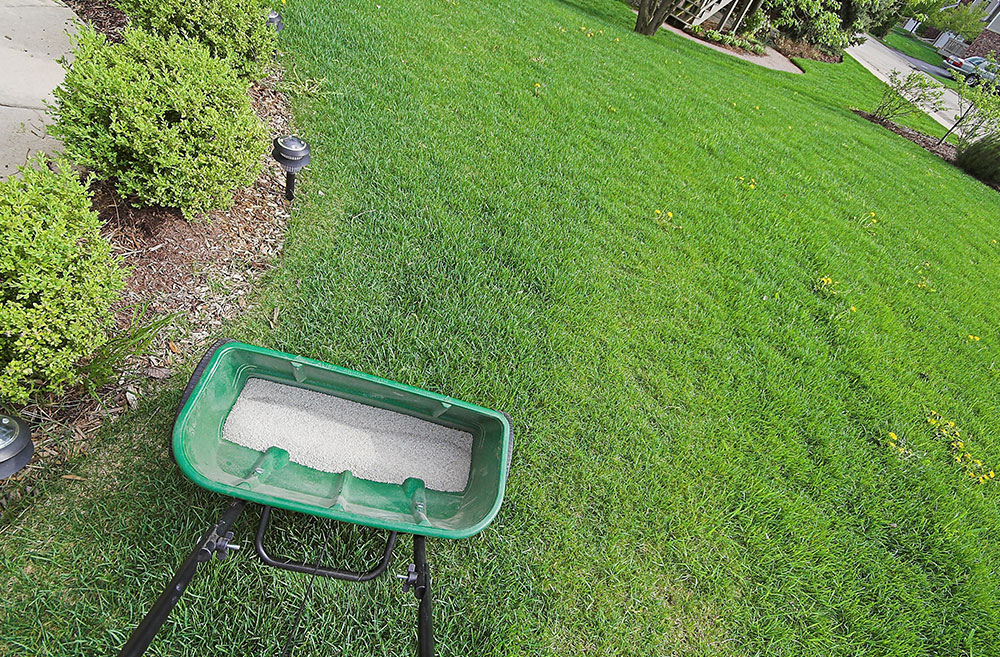
Fertilization
Three weeks after the grass turns green, apply one-half pound of nitrogen per one thousand square feet. If a soil test is unavailable, use a complete (N-P-K) turf-grade fertilizer with at 3-1-2 or 4-1-2 ratio.
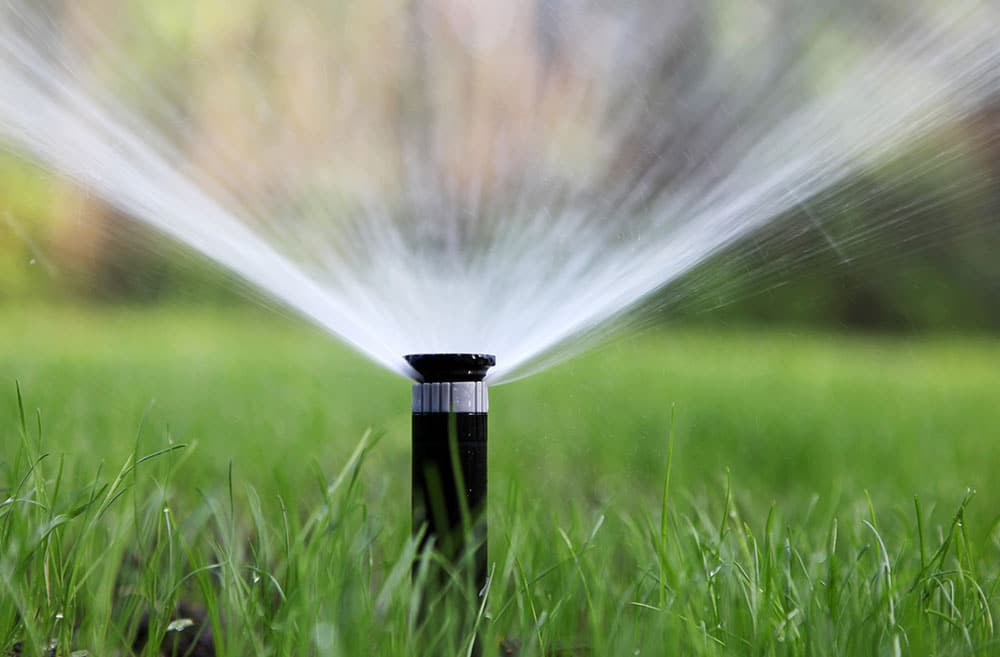
Irrigation
Soil should be watered to a depth of four to six inches. Zoysia requires weekly watering at a rate of one to one and one-quarter inches of water per application. Sandy soils require more frequent watering at one-half inch of water per application every third day.
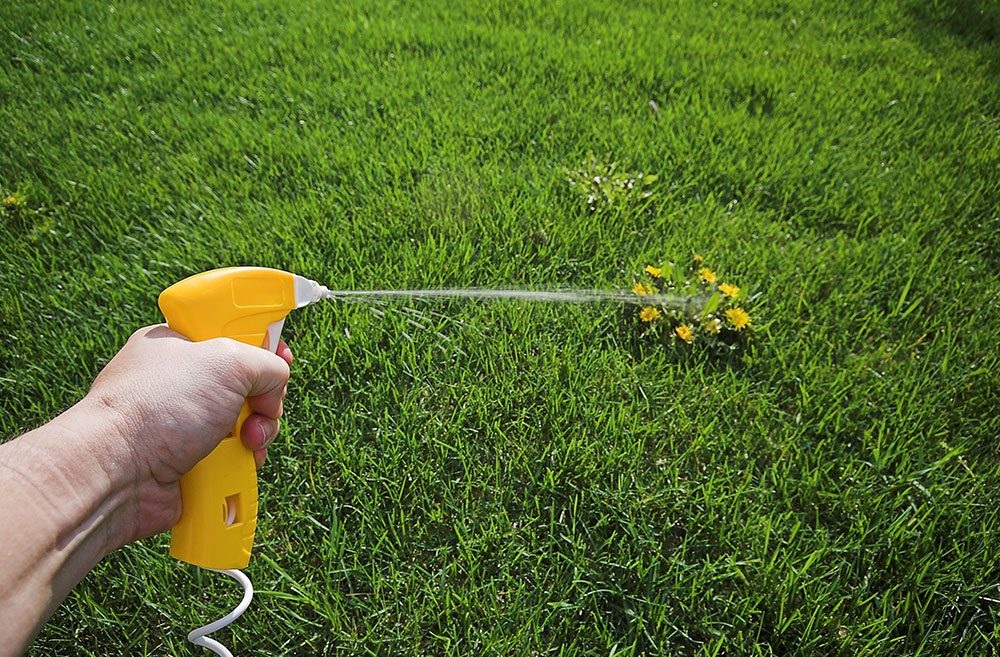
Weed Control
Apply pre-emergence herbicides by in early spring to control crabgrass, goosegrass, and foxtail. Post-emergence herbicides should be applied in May to control broadleaf weeds.
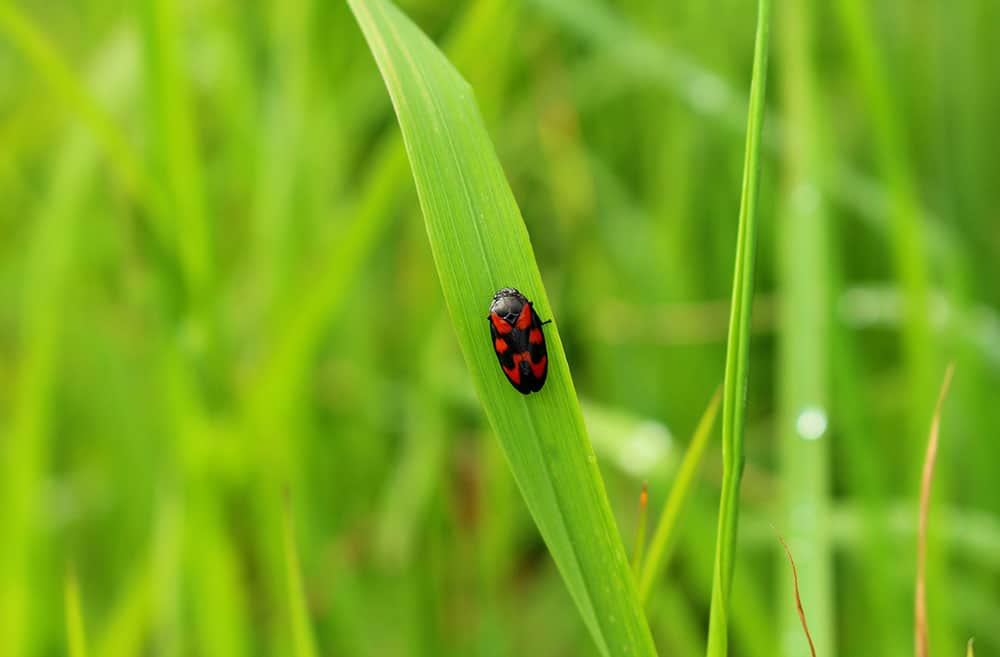
Insect Control
Check frequently for white grubs and armyworms.
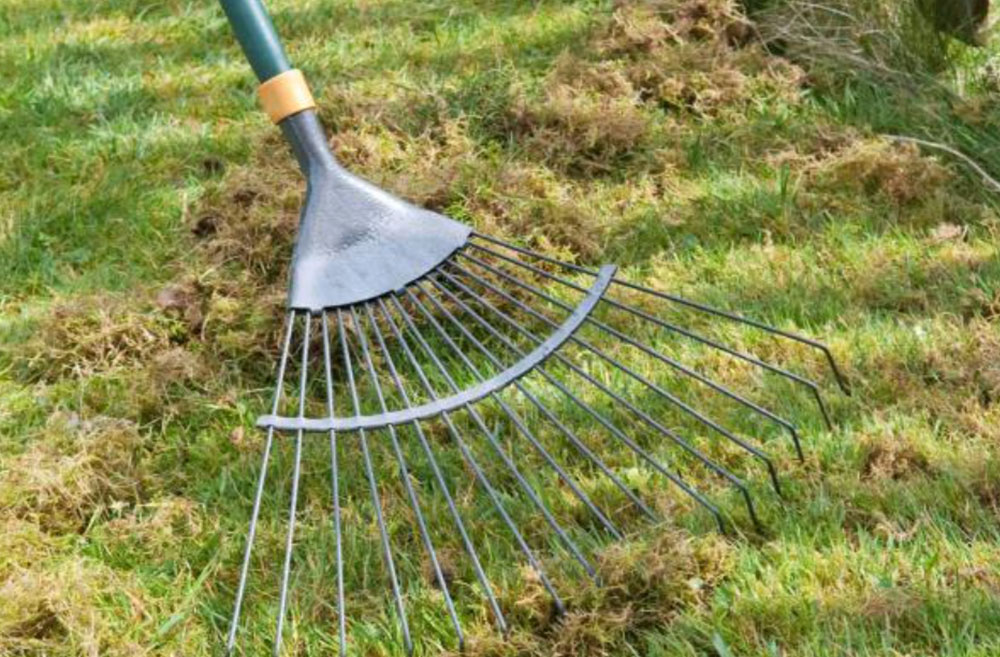
Thatch Removal
If present thatch is more than one-half inch thick, vertically mow it after the grass has turned green.
